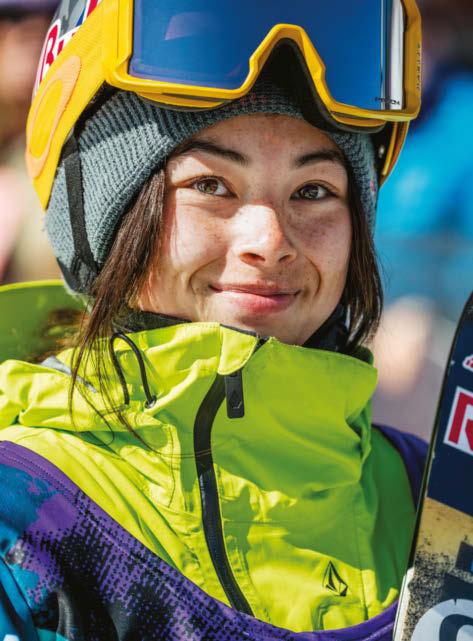
11 minute read
Winter Escapade
Freeskier Michelle Parker carves a line in front of the Tetons in Jackson, Wyoming, in 2019.
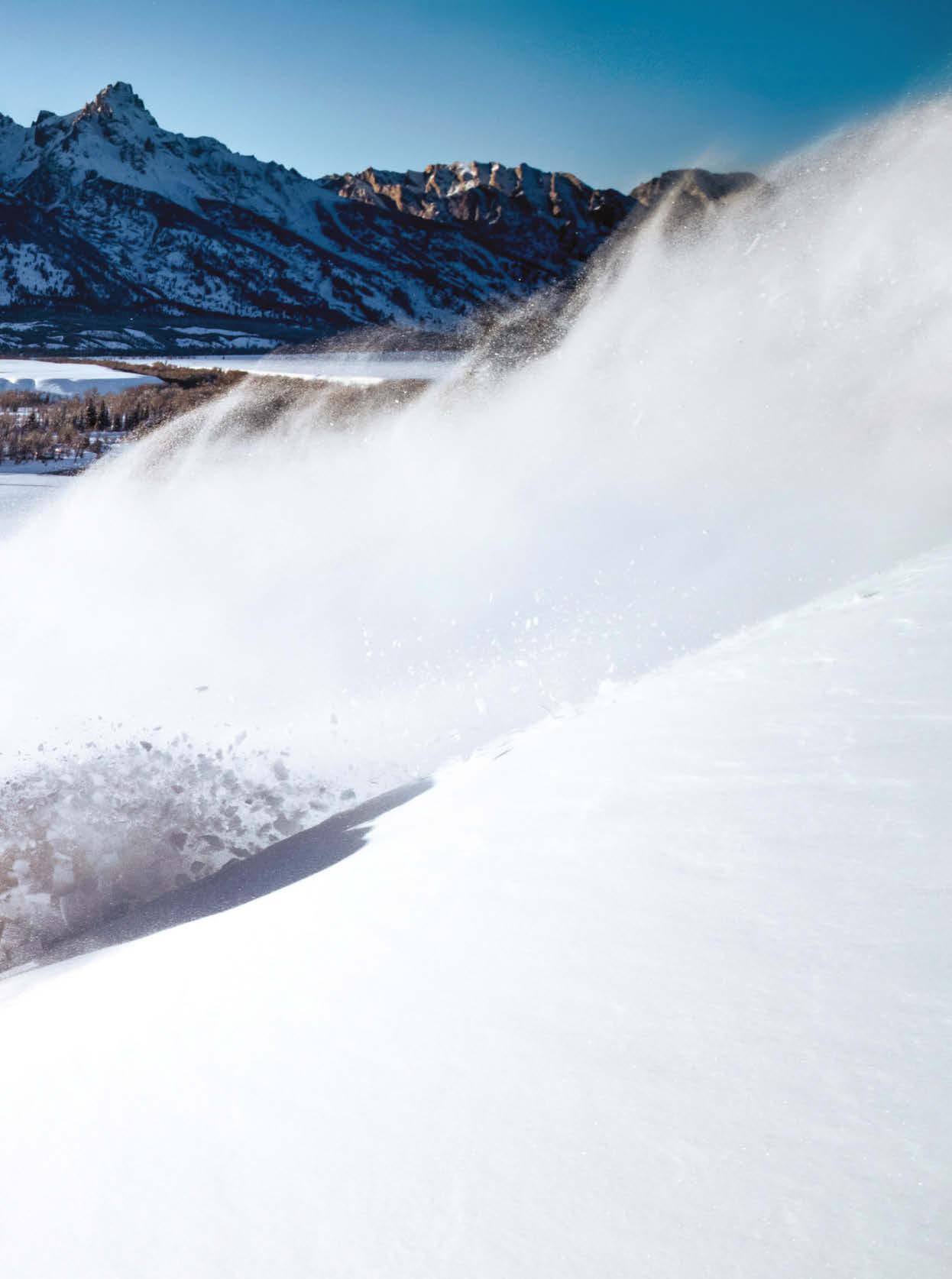
As temperatures drop, some of the world’s best snow athletes reveal the secrets to finding adventure during their favorite season. Winter is not just a chance for an adrenaline trip— it’s a state of mind.
MICHELLE PARKER FREESKIING MAVEN
Freeskier Michelle Parker is one of the hardestworking athletes on Red Bull’s roster. And yet, she sees things a little differently. “Every day is so fun,” she says. “Even when I’m exhausted, I don’t really feel like I need a vacation. To be honest, I view my lifestyle as one giant vacation.” Interestingly, this attitude toward her work is exactly what propelled Parker from being just another talented young ski racer in her hometown of Truckee, California, to being one of the strongest and most ambitious big-mountain freeskiers in the world today, with impressive side jobs in both climbing and mountain biking.
Parker, 33, is perhaps best known for her fearless and flowing style, as captured in the dozen or so ski films she has appeared in (one of which earned her a Best Female Performance nod at Powder magazine’s 2013 Powder Awards). But each year her skiing ratchets up a notch, in both technicality and consequence, as Parker has discovered how to unlock even bigger lines. Early on in her career, during trips to Alaska, she would do avalanche and mountain-guide training courses. Meanwhile, her home range, the Eastern Sierra, provided nearly endless opportunities for self-powered missions involving incredibly technical ascents. “Climbing, rope management, crevasse rescue—all of this just opened up the doors for more adventure,” she explains. “My bread and butter is shooting for these action-packed films, but my passion lies with ski mountaineering. Lines that incorporate rope skills are so much more complex, and years of experience will get you to those lines.”
While Parker still calls Truckee and Lake Tahoe home, home is wherever it’s snowing. Throughout the winter and spring, she basically chases low-pressure vortexes, with each month presenting a new challenge. She usually scores earlyseason snow either in Tahoe, Jackson Hole or British Columbia. In March, the snow is still deep and the sun begins to shine, so Parker is usually filming for upcoming ski flicks. Then in April, things get real. “April is big-line season and you better be prepared,” she says. “First, I’ll spend some time in Alaska and when that starts to fizzle I come back to the Eastern Sierra, where the beautiful big-mountain spring lines have become more accessible and safer to ski. After that, I’m just thinking, Where can I keep this party going?”
But wherever Parker happens to be living or staying, these places are merely base camps for her increasingly ambitious missions into the backcountry. “Right now, a lot of my goals lie within exploration,” she explains. “Specifically, I am focused on the Cascade Range in the Pacific Northwest, Teton National Park and the Eastern Sierra.
“This voluntary suffering aspect of bigger days is what gets me. The conversations I have on the skin track, and the relationships I build with the people I’m with—these moments are quiet, grounding and beautiful.”
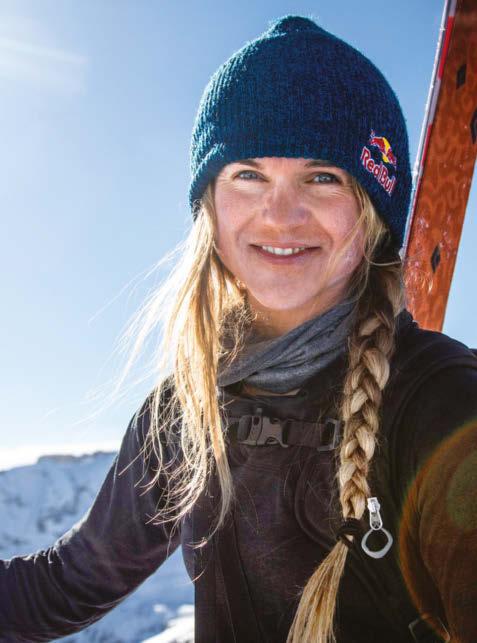
As a top freeskier, Parker seeks out increasingly ambitious backcountry missions in Alaska and the West.
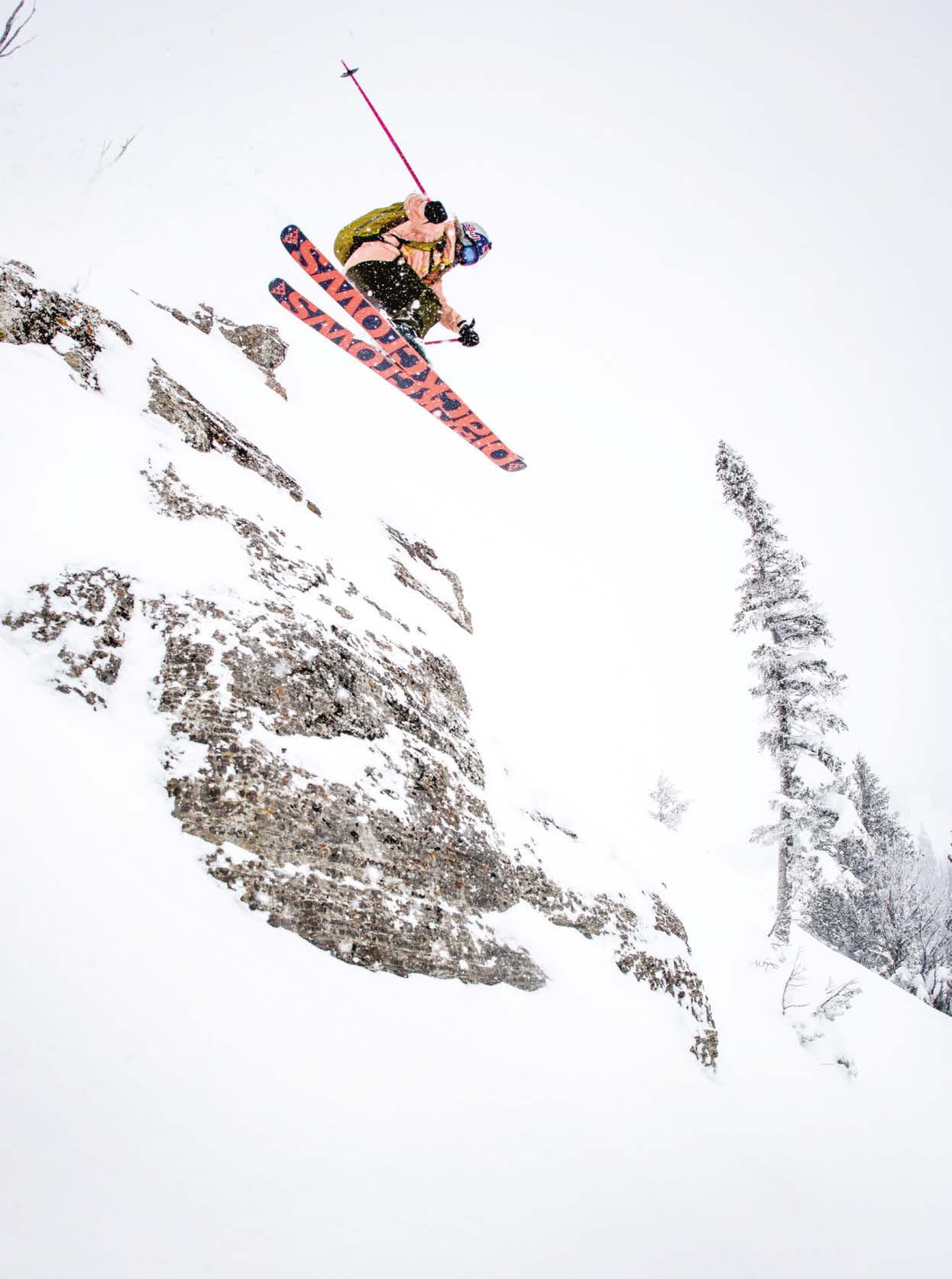
Powell’s spontaneous style and joie de vivre harks back to a day when snowboarding was all about finding fun.
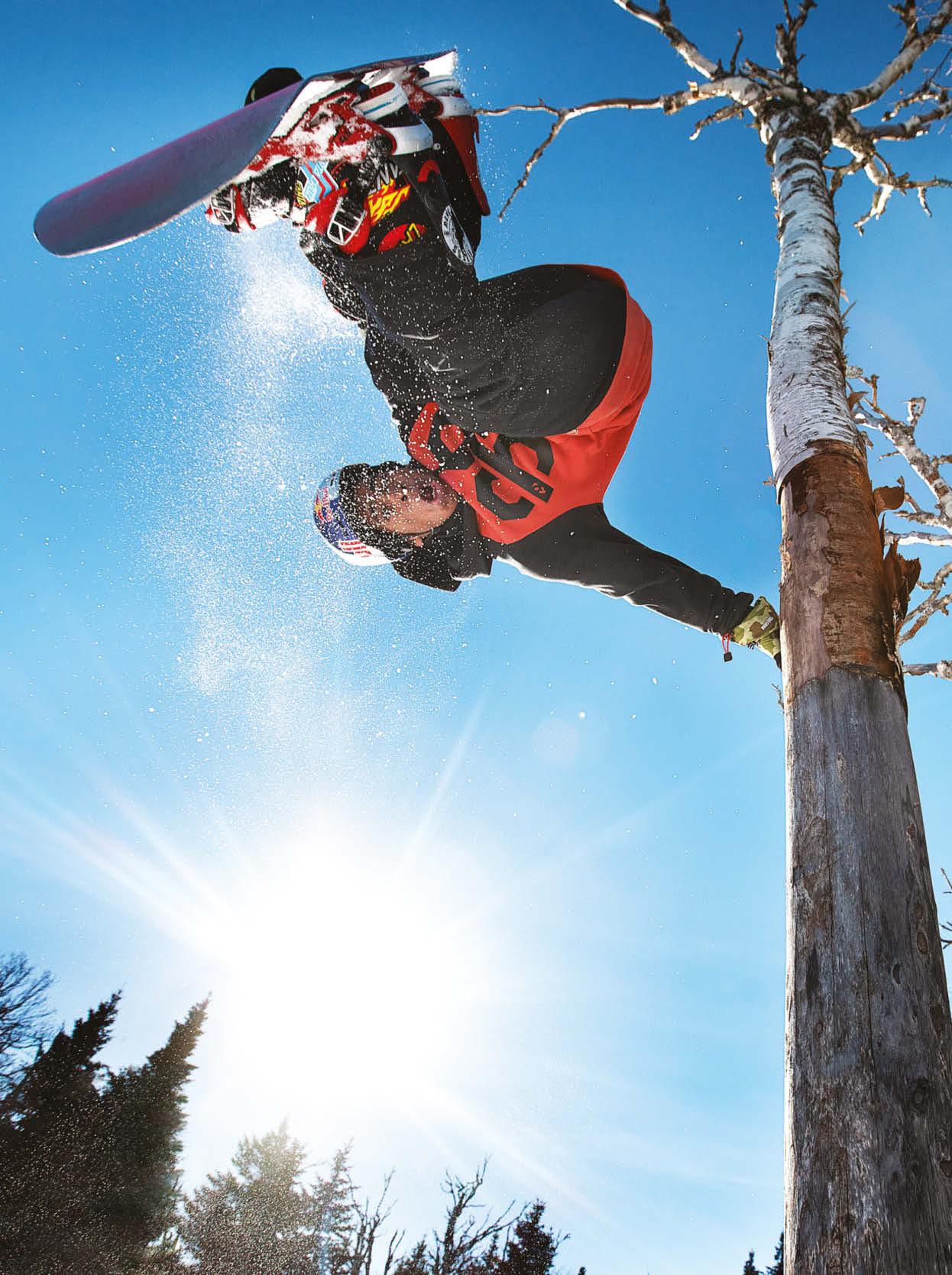
ZEB POWELL SLOPESTYLE ARTIST
Snowboard slopestyle artist Zeb Powell was either born three decades too late or was put on this earth to remind the snowboarding world of its roots. While the 20-year-old North Carolina native is relatively new on the scene— with his breakout moment being the Knuckle Huck event at last winter’s X Games—he’s a throwback to a time when riding was all about friends, fun and freedom. “I guess I do treat snowboarding a little differently,” he admits. “That’s how creativity is generated. When I’m with a really good group of friends, we push each other. That’s what I love and that’s when I ride the best. And at this point in my life, it’s working for me.”
It certainly is. In his few short years as a pro, Zeb— short for Zebulon—has picked up some of the best sponsors in the industry, gazillions of views on his park session clips and X Games gold for a string of wildly creative tricks. And yet, the closest thing to training Zeb does is a bit of skating and wakeboarding in the offseason. What is most surprising (and refreshing) about Powell is his lack of a plan: “I just go to where my snowboard takes me,” he says.
Basically, Powell makes the most of his winters by staying in motion, saying yes whenever someone invites him out West to shred for a few days and surrounding himself with like-minded riders who often end up becoming some of his best friends. He’s as talented at couch surfing as he is snowboarding and seems to have a “crew” in every city and ski town in the country. “I love seeing a new place and meeting a new face, riding the mountain and just having a genuinely fun time.”
These days Powell is based in Burlington, Vermont, but that’s as much for its proximity to an airport as for its proximity to the mountains. While home, he regularly hits Killington and Stratton resorts, and he loves the park at Mount Snow, but the city of Burlington offers an opportunity that mountain towns don’t, as Powell loves to improvise on snow-covered urban features. To him, every handrail, business plaza and bus stop is a canvas. Out
West, Powell has a soft spot for Copper Mountain in Colorado, which has one of the country’s best terrain parks, but Salt Lake City is perhaps his favorite spot. With world-class resorts like Park City and Brighton a short drive away, SLC is a place that feeds his need for both mountain terrain and some street-style.
Unsurprisingly, Powell’s riding style oozes spontaneity. It’s both unpredictable and unorthodox, and the best moments seem to come out of nowhere. Ultimately, it really doesn’t matter where he goes—it’s all about who he’s with. “Riding with my friends triggers me to do things I’ve never done before,” he explains. “I’ll land a trick and look back at my friends with my mouth wide open—and their mouths wide open too—saying ‘What was that!?’ That’s what I live for.”
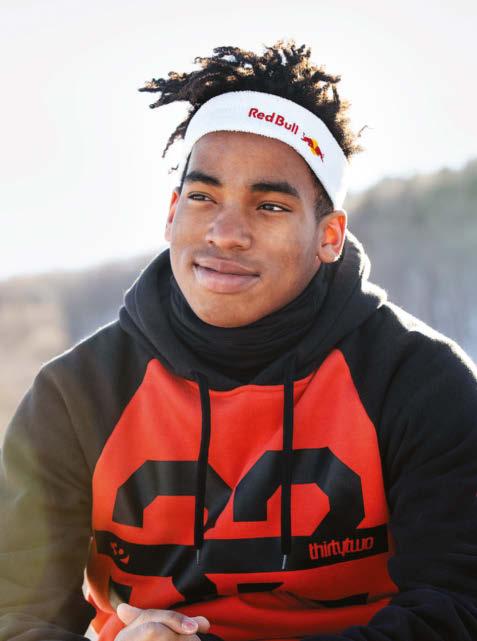
WILL GADD ICE CLIMBING LEGEND
Will Gadd is a true elder statesman of adventure. Not that he’s old, by any stretch—just 53 and with the strength and energy of a 23-year-old—but he has been at it for a very long time. Gadd burst onto the winter sports scene in the early ’90s as perhaps the most skilled and successful ice climber of his generation, winning just about every competition out there, from the Ice Climbing World Cup to the Winter X Games, year after year. Gadd became known for outlandishly risky first ascents up brittle frozen waterfalls, raising the bar of difficulty every time he strapped on his crampons. But even early on, it was clear that competitions would not hold his attention forever. “I really love ice climbing,” he says. “But I began asking myself, What can we do with this stuff called ice? And the unknown is always a lot more interesting than the known.”
Today, Gadd is probably best known for appearing in some of the most striking adventure imagery ever produced. Gadd is the tiny figure clawing his way up an iceberg floating in the middle of the Labrador Sea; Gadd is the guy going up Niagara Falls via a series of frozen columns of water; Gadd is the speck of red Gore-Tex dangling inside an amphitheater of spray ice behind Helmcken Falls in British Columbia. And the reason he turns up in so many great adventure photos is because his ideas are so grand and cinematic. “A lot of it is about being open to things that other people call crazy,” Gadd says. “If someone tells me my idea is the stupidest thing they’ve ever heard—or says it’s crazy—I know I’ve got a good idea.”
In 2014, Gadd hiked up Africa’s tallest peak, Kilimanjaro, in order to access one of the highest technical ice routes in the world, a famous chunk of vertical glacier near the summit at 19,341 feet. Earlier this year he returned to climb it again, but also to spotlight how rapidly it was disappearing due to global warming. He calls this expedition “the last ascent.”
The funny thing is, eventually Gadd no longer saw himself as just an ice climber, as he now pivots to paragliding once the ice has melted. Sure enough, he set a new distance record for paragliding in 2002 (263 miles) and continues to dream up unique flying objectives. Likewise, his hometown of Jasper in Alberta, Canada, affords him the luxury to constantly switch it up between rock and ice climbing, kayaking, skiing and flying.
Gadd has now amassed a strong following of armchair adventurers who simply want to see what he’ll do next. But don’t expect him to give you any hints. “Well, Antarctica is the only continent where I have not climbed ice,” he says cautiously. “But I don’t want to get any more specific than that because it’s a really good idea and I don’t want anyone to steal it.”

In 2018, Gadd joined forces with a top scientist to explore Greenland’s ice sheet, hoping to better understand glacial melt.
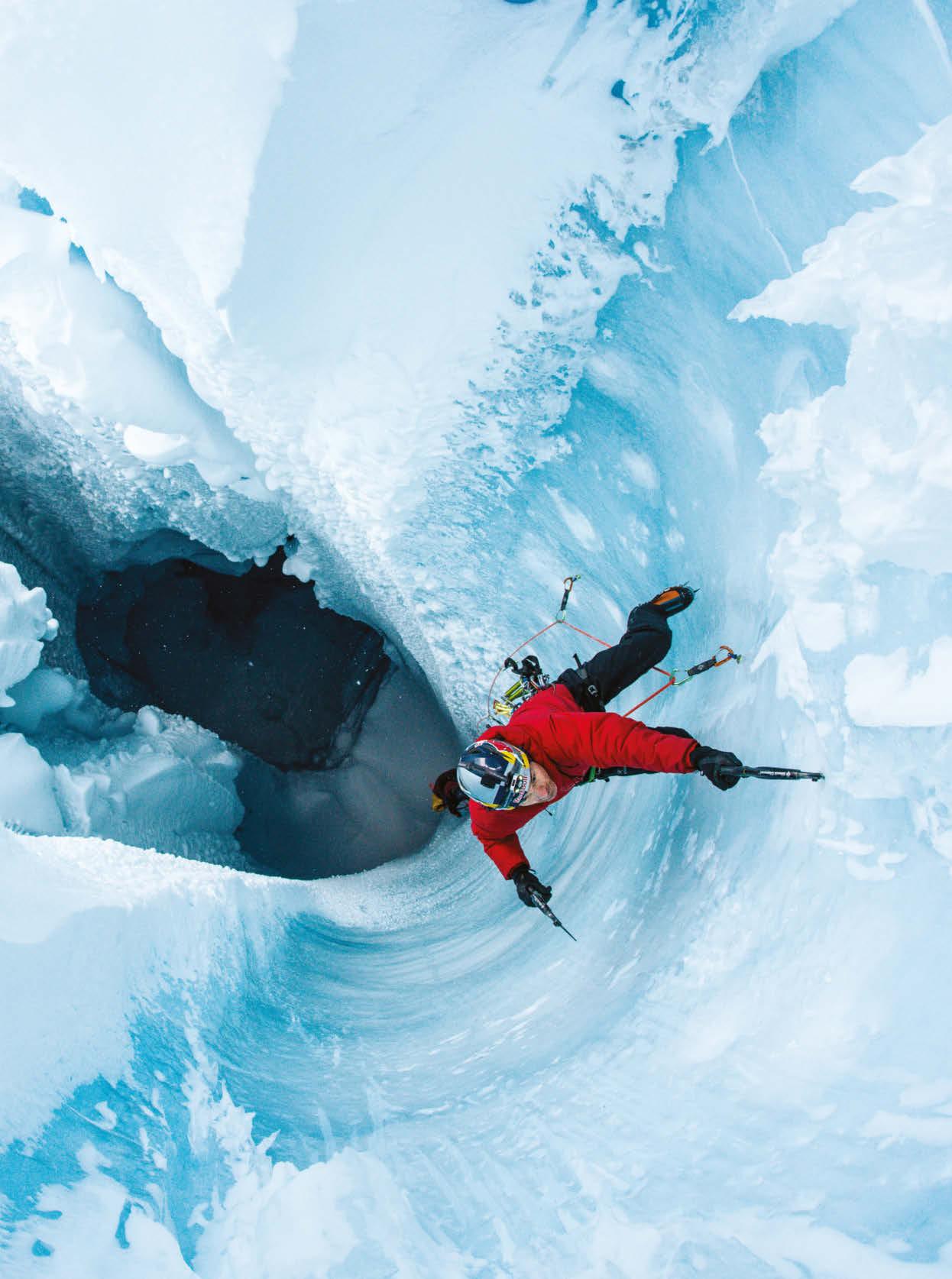
Already an Olympian, Langland likes to step out of her comfort zone— and into bigger, untamed terrain.
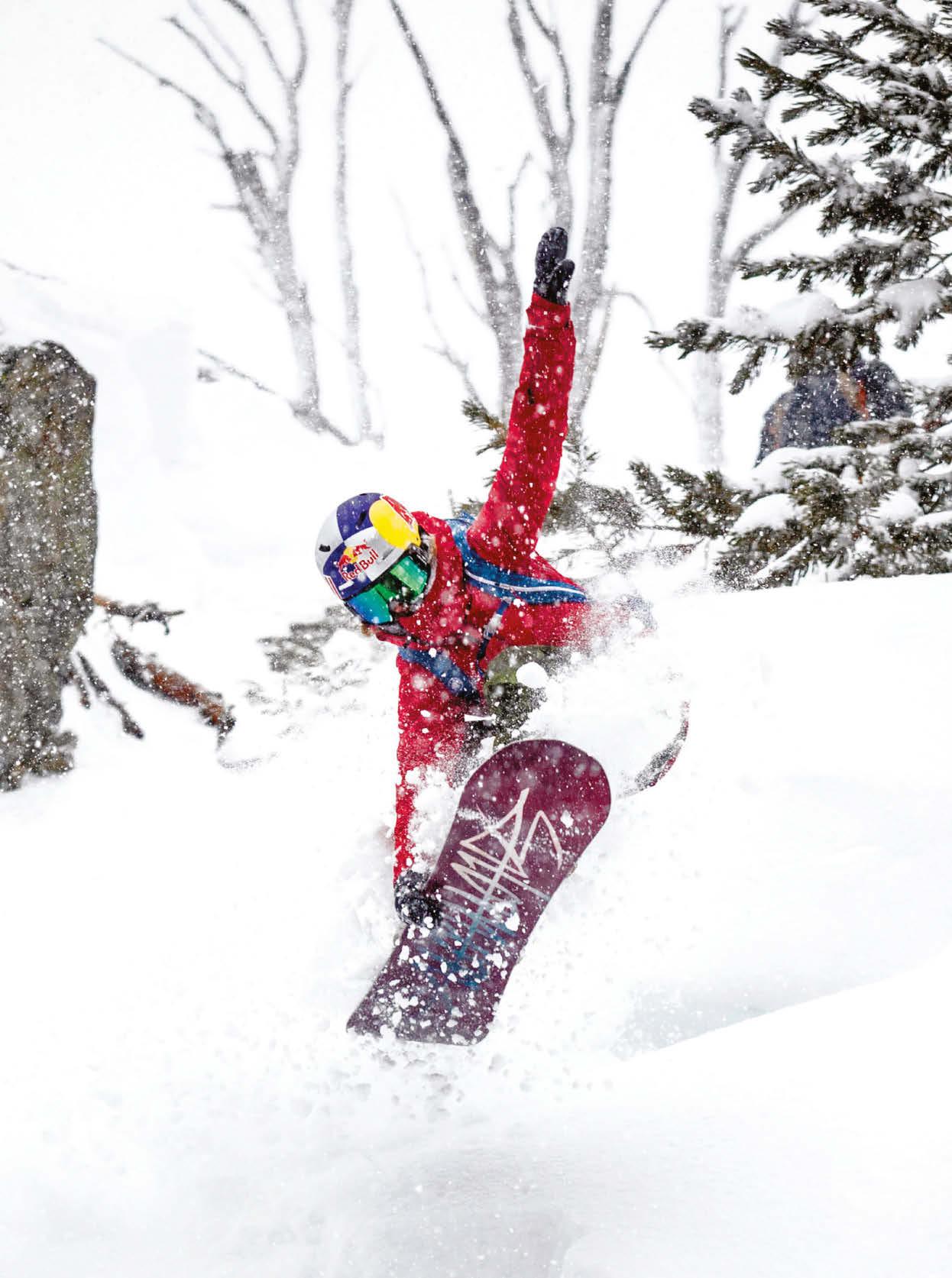
HAILEY LANGLAND SNOWBOARDING PRODIGY
Snowboarder Hailey Langland has accomplished more at age 20 than most pro riders twice her age. She was only 6 when Burton offered her a sponsorship. At 16, she placed 7th on the FIS World Cup tour, and she became the first woman to land a double cork 1080 at the X Games, earning a big-air gold medal in the process. And just a year after that she competed for Team USA in the Winter Olympics. Surely, a finely tuned athlete like her must be a training machine with inhuman discipline. Not quite. “As snowboarders, I wouldn’t say we’re the most disciplined athletes,” she admits. “I’d say we’re more like a band of misfits—we all just like to have fun, and we always get into trouble somehow.”
Langland actually learned a valuable lesson about her snowboarding career—and about life itself—by not snowboarding. Whereas most riders of her pedigree extend their season by heading to the Southern Hemisphere for snow, injury kept Langland sidelined for two summers in a row. Then COVID canceled a third—and she says she’s a stronger snowboarder because of it. “It helped me see that I don’t need to keep pushing myself throughout the summer,” she says. “I get to enjoy my 20s and slow down. I feel very strongly that’s why I didn’t end this season with another injury.”
Her attitude lines up nicely with her life in San Clemente, California, where she spends her free time in the ocean. “Most mornings I wake up, check the surf and go out for a few hours if it’s good,” she says. “If not, we just go hang out on the beach and chill, maybe get into some mischief.” Langland has also found an outlet in painting and playing music, which she believes also has a positive influence on her riding.
But at first snowfall her mind turns to the mountains. She often hits Colorado first, spending most of her time in Summit County towns like Silverthorne (at the home of her boyfriend, 2018 Olympic gold medalist Red Gerard) and Frisco. This winter she’s genuinely looking forward to her first official trip of the year, to the Stubai Glacier in Austria. “But when I travel, 75 percent of it is about the
place I’m visiting and what I’ll eat,” she says. “Snowboarding is the other 25 percent.”
If it sounds like Langland may be losing her competitive edge, think again. “I’ve been competitive since I came out the womb,” she says. “When it comes down to the moment, when we’re down to the wire at the top of the start gate, ready to drop in, things get way more serious.” Langland is also feeding her competitive nature by stepping out of her comfort zone, venturing into bigger terrain and the backcountry (she even bought herself a snowmobile), but in this case, it’s not about winning. “Big-mountain terrain has taught me a great deal about how I want to ride,” she explains. “I want to ride strong, in powder, in places like Jackson Hole. It’s pretty awesome to see someone making smooth, graceful turns. It looks like art.”
